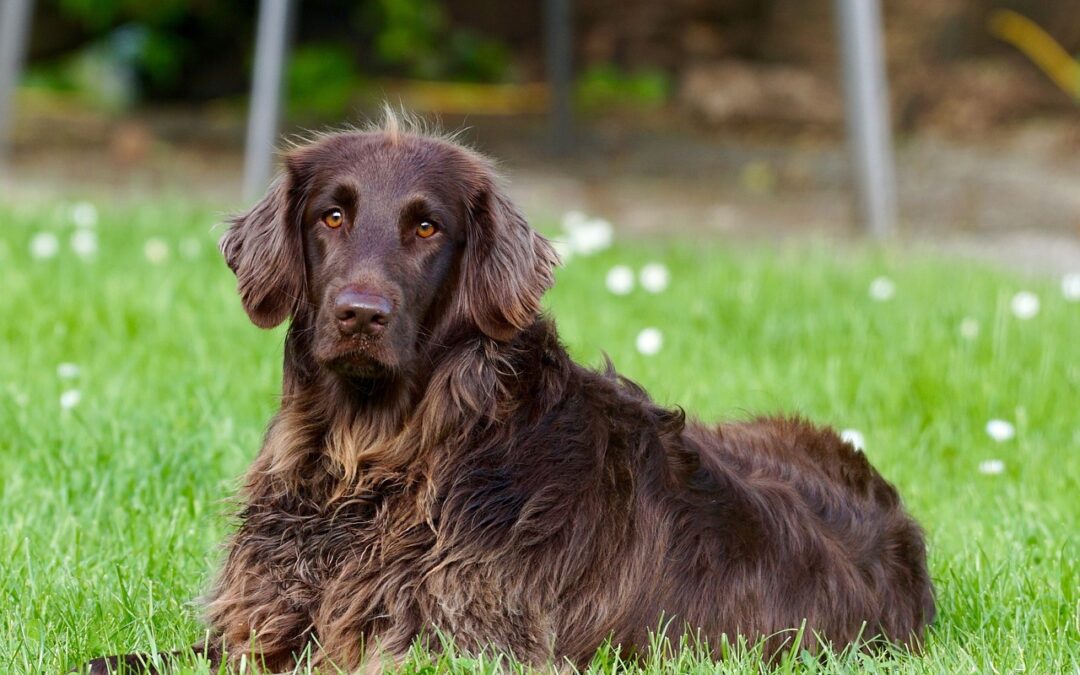Understanding Cranial Cruciate Ligament Tears in Pets
While watching a sports event, it’s common to cringe when an athlete goes down, clutching their knee. You are likely aware that they may have torn their anterior cruciate ligament (ACL), one of the crucial ligaments that stabilizes the knee.
But did you know that pets can experience a similar knee ligament tear? Although it is referred to by a different name—the cranial cruciate ligament (CCL)—the issue remains the same.
What is a cranial cruciate ligament tear in pets?
The cranial cruciate ligament, which connects the thigh bone (femur) to the shin bone (tibia), plays a vital role in stabilizing the knee joint. When the CCL ruptures or tears, the shin bone moves forward, away from the femur as your pet walks, leading to instability and discomfort.
How does the cranial cruciate ligament become damaged in pets?
Multiple factors contribute to a CCL rupture or tear in pets, including:
- Ligament degeneration
- Obesity
- Poor physical condition
- Genetics
- Skeletal shape and configuration
- Breed
In general, CCL rupture occurs due to the gradual degeneration of the ligament over months or years, rather than as a result of an acute injury to a healthy ligament.
What are the signs of a cranial cruciate ligament tear in pets?
A CCL tear, especially a partial tear, can manifest with varying degrees of severity, making it challenging for pet owners to determine if their pet requires veterinary care. However, a CCL rupture necessitates medical attention, and you should schedule an appointment with our team if your pet exhibits the following signs:
- Pain
- Stiffness
- Lameness in a hind leg
- Difficulty standing after sitting
- Difficulty during the process of sitting
- Difficulty jumping into the car or onto furniture
- Decreased activity level
- Muscle atrophy in the affected leg
- Decreased range of motion in the knee
How can a torn cranial cruciate ligament be repaired?
The treatment for a torn CCL depends on your pet’s activity level, size, age, and the degree of knee instability. Surgery is typically the most effective option, as an osteotomy- or suture-based technique is necessary for permanent management of the instability. However, medical management may also be considered as a viable alternative.
If your pet is limping on a hind leg, it could be an indication of a torn cranial cruciate ligament. Contact our team to schedule an orthopedic exam.

